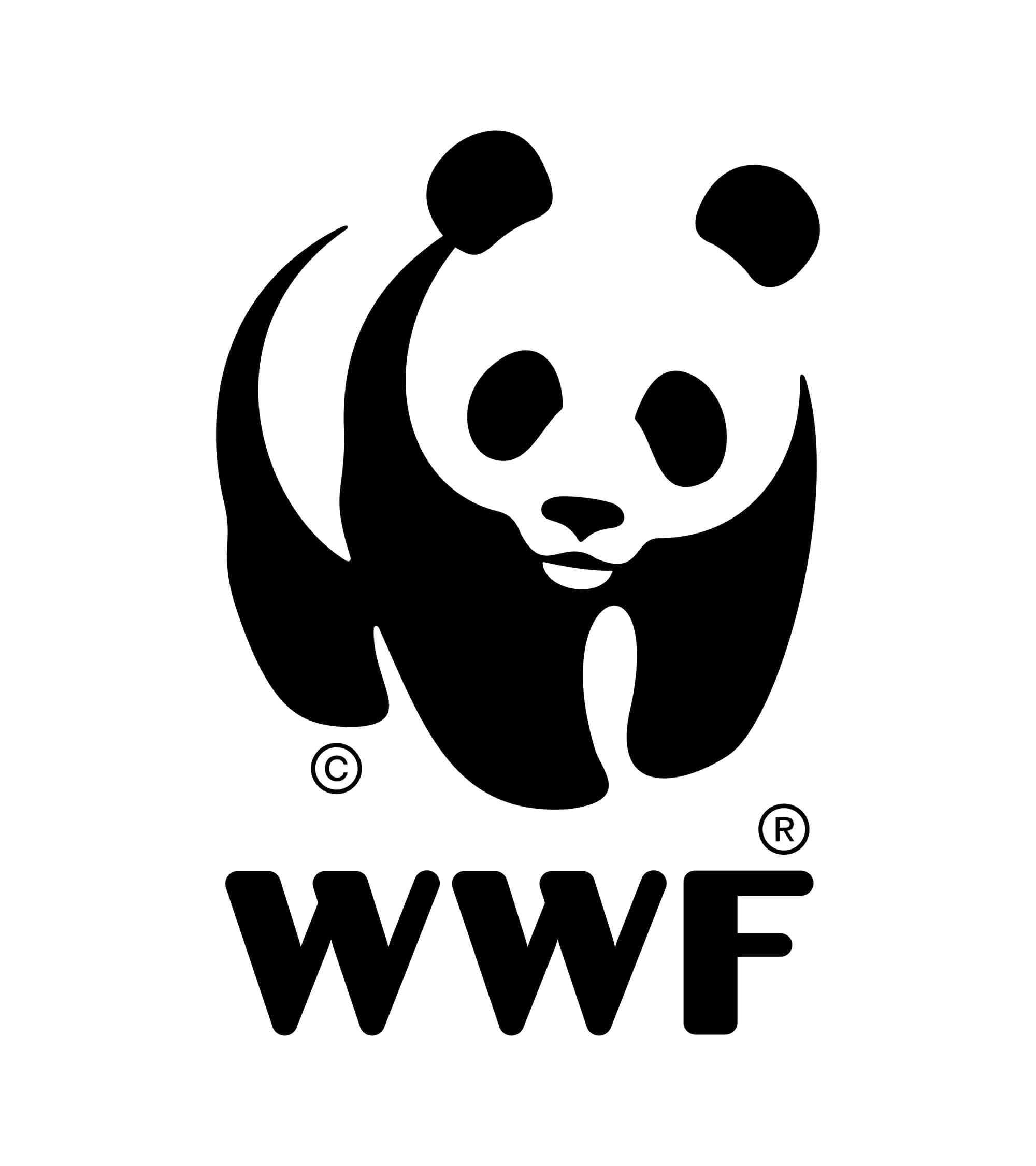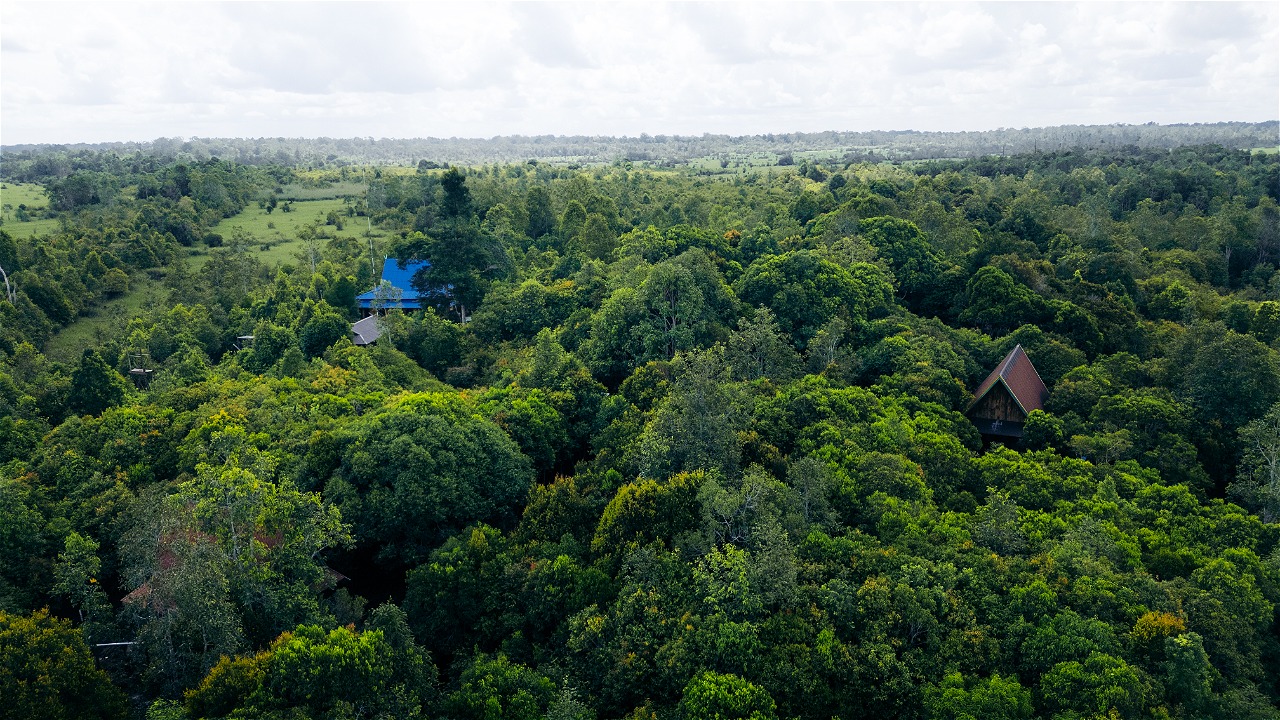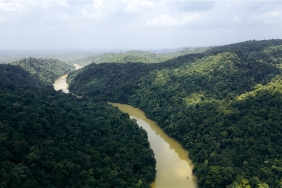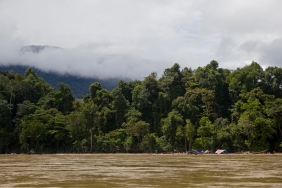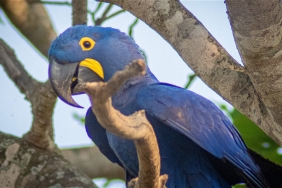VIEW FROM CANOPY - HOB NEWSLETTER JUNE 2013 ISSUE
By: Dr. Tom Maddox
This note from the WWF HoB Global Initiative Leader was inspired by the snow-capped Teton mountains in Wyoming, USA. It might not seem like a fitting place to take on the Heart of Borneo if you didn't know that this was the location of the 2013 WWF Yearly Meeting where WWF CEOs and program managers from each country gathered to plan for the future of WWF. Although this WWF meeting was held on the other side of the world, it certainly had a significant impact on the Borneo program.
One of the first impressions I had when I joined WWF, based on my experience of working in smaller NGOs, was the power and potential of WWF's network. With offices in hundreds of countries around the world, it is very likely that there is someone elsewhere working on an issue similar to the one you are working on, and a range of theoretical expertise, as a reference, is easily available. But like any global organization, WWF also struggles to make the most of this potential. Especially when it comes to the issues of climate change, deforestation and species loss, working beyond the maximum is clearly not a good option. The Wyoming conference marked a pivotal point in WWF's efforts to address these issues, where the WWF Assembly discussed various proposals and voted on how WWF as a whole would best move forward in the future. 'Truly Global' became the agreed choice and WWF will now embark on a new way to utilize all available resources for its conservation mission.
So what does this mean for Heart of Borneo? Firstly it means that WWF's offices in Indonesia and Malaysia should be further strengthened in the next few years. WWF as a network understands that one of the best ways to bring about change in the region is through strengthening WWF's country offices, committing significant resources, and building capacity in working with governments, businesses and civil society. For the Heart of Borneo program, which relies on the national offices of WWF-Indonesia and WWF-Malaysia to realize most of its program objectives, this is certainly a significant support. Secondly, it means that funding mechanisms will change from short-term project-based operations to long-term programs that focus on priority areas, such as Borneo's forests. This is key to achieving the transformational changes that Heart of Borneo requires, such as seeking policy and regulatory changes, which can rarely be realized in just one year. Third, there is greater accountability for field operations. Donor offices will allocate more funding over a longer period of time, but will expect much greater utilization. Timely and transparent measurement of performance and progress will be a key component of all future activities. If these reform measures are implemented in WWF, then WWF has the power to utilize all of its potential, as was my first impression.
There is of course still a long way to go to translate these high-level discussions into conservation impacts on the ground, and of course even if WWF goes full force, this is only one part of the Heart of Borneo big picture. But the proposal in Wyoming has been a great development for WWF and a boon for Heart of Borneo in the future. The mission of my involvement in the conference was to find opportunities to work with Heart of Borneo's donors and program partners, but I realized there was also more to do in Borneo. I return to Heart of Borneo inspired, and I know there is great support from the Wyoming Conference.
